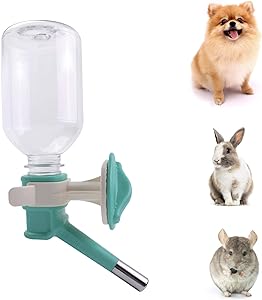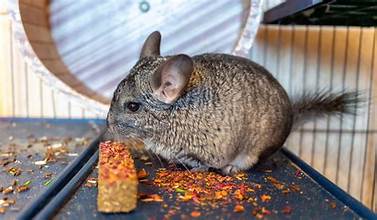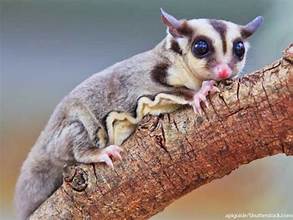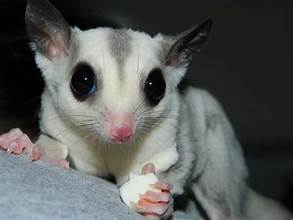Chinchillas are charming, delicate pets that require a specific diet to thrive. Their unique digestive systems are susceptible, making feeding them the right foods essential. This comprehensive guide will explore what Chinchillas can and can’t eat, the best feeding practices, and how to maintain a healthy diet for your furry friend.
What Do Chinchillas Eat?
Chinchillas are herbivores, meaning their diet should consist primarily of plant-based foods. Here’s a breakdown of the essential components of a Chinchilla’s diet:
1. Hay
Timothy Hay:
The cornerstone of a Chinchilla’s diet, Timothy hay is fiber-rich, aiding digestion and keeping teeth healthy.
Other Options:
Orchard grass and meadow hay are also suitable but should be used as supplements rather than replacements for Timothy hay.
2. Pellets
High-Quality Chinchilla Pellets:
Look for pellets designed explicitly for Chinchillas. They should be fresh, high in fiber, and free from artificial colors and flavors.

Daily Serving:
1-2 tablespoons, depending on your Chinchilla’s size and activity level.
3. Water
Fresh Water: Chinchillas must have constant access to fresh, clean water. Use a water bottle designed for small animals, as bowls can become contaminated quickly.
What Chinchillas Can’t Eat
Chinchillas have sensitive digestive systems, so avoiding foods that could harm them is crucial. Here’s a list of foods to steer clear of:
1. Fruits and Vegetables
Why Avoid Them:
Fruits and vegetables are High in sugar and water content, which can cause diarrhea and other digestive issues.
Exceptions:
Minimal amounts of dried rose hips or herbs like chamomile can be offered as occasional treats.
2. Nuts and Seeds
Risks:
High fat leads to obesity and liver issues in Chinchillas.
Alternative:
Stick to hay and pellets, which meet their nutritional needs without the added fat.
3. Human Food
Chocolate, Bread, Dairy, and Sugary Snacks:
These foods are toxic to Chinchillas and can lead to serious health issues.
Feeding Systems: Bowls, Bottles, and More
Choosing the right feeding system is crucial for maintaining hygiene and ensuring your Chinchilla gets the nutrition they need.
1. Hay Racks
Why Use Them: Keeps hay clean and off the cage floor, preventing contamination.

Placement:
Position the hay rack at a height that is easy for your Chinchilla to reach.
2. Pellet Bowls
Material:
Opt for ceramic or heavy-duty plastic bowls that can’t be easily tipped.
Cleaning:
Wash the bowl daily to prevent bacteria buildup.
3. Water Bottles
Why Bottles:
Water bottles prevent spills and contamination, ensuring your Chinchilla always has access to clean water.

Maintenance:
Clean the bottle and nozzle regularly to prevent mold and bacteria growth.
Feeding Schedule: How Often Should You Feed Your Chinchilla?
Consistency is vital when feeding Chinchillas. Here’s how to establish a feeding routine:
1. Daily Feeding
Morning:
Refill hay and pellets, ensuring fresh food is available at the start of the day.
Evening:
Check water levels and replenish hay as needed. This is also an excellent time to offer a small treat if desired.
2. Monitoring Intake
Why It Matters:
Monitor your Chinchilla’s appetite. Sudden changes in appetite can signal health issues.
Feeding your Chinchilla the proper diet is vital for their overall health and well-being. You’ll ensure your Chinchilla stays healthy and happy by giving them a diet rich in hay and high-quality pellets, avoiding harmful foods, and using the proper feeding systems.
Remember to monitor their intake, maintain a consistent feeding schedule, and consult with a vet if you ever notice any changes in their eating habits. Your Chinchilla relies on you for their dietary needs, so make every meal count!
Disclosure: This page may contain an affiliate link to Amazon.com. We might receive a commission if you follow them and purchase anything from the recommended products. I can assure you that I never recommend anything I don’t trust. Thanks for supporting positvelypets.com!




